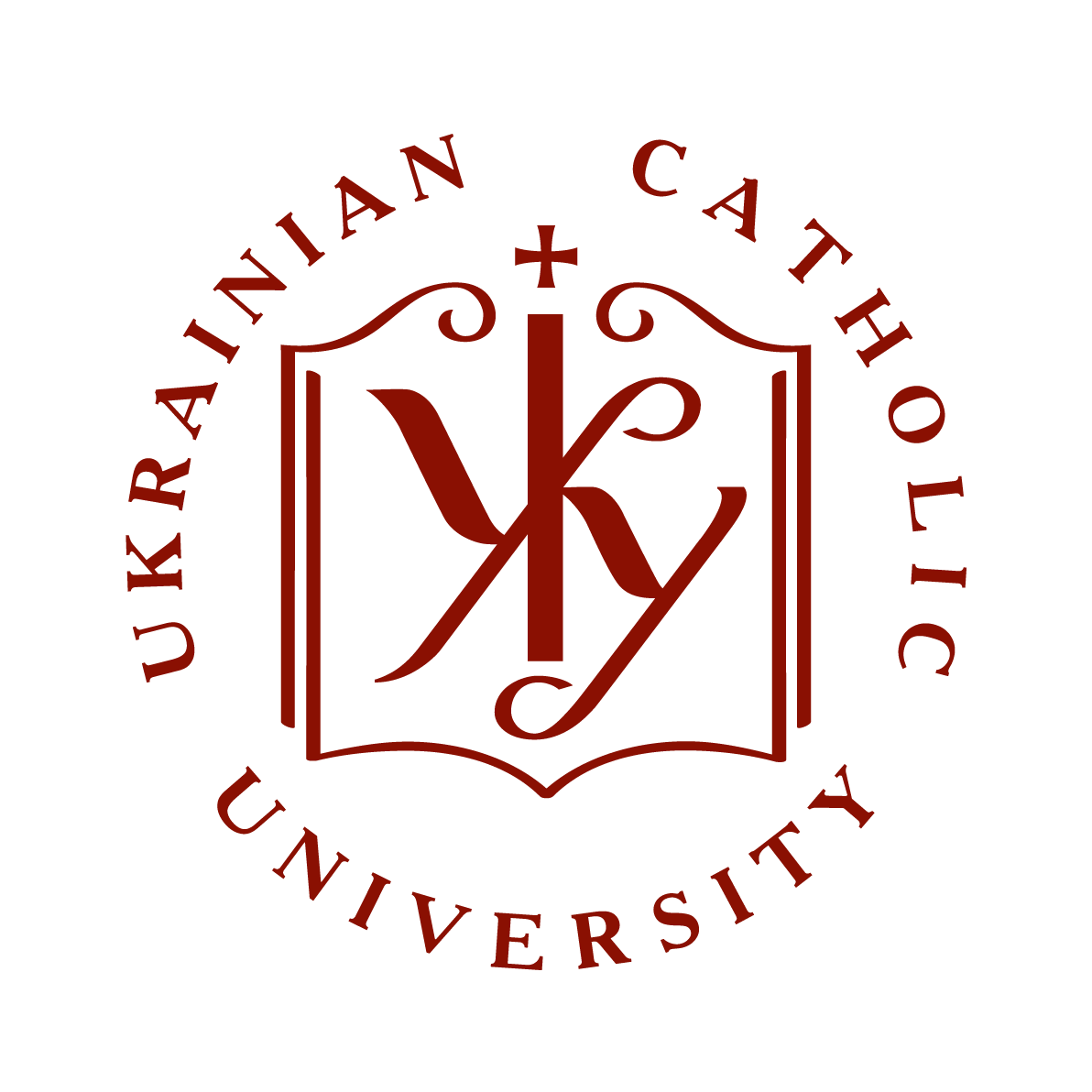Сценарії JavaScript вимкнено для Вашого браузера. Деякі функції цього сайту не будуть працювати без них.
| dc.contributor.author | Гусак, Петро Романович
|
|
| dc.contributor.author | Husak, Petro
|
|
| dc.date.accessioned | 2021-05-30T23:21:20Z | |
| dc.date.available | 2021-05-30T23:21:20Z | |
| dc.date.issued | 2015 | |
| dc.identifier.citation | Петро Гусак. Що таке істина? Τι εστίν αλήθεια; Філософсько-герменевтичне дослідження на основі Євангелії від Йоана // Научный журнал «Власть и общество» (История, теория, практика). – № 3 (35) 2015, Тбилиси. – 213 с., с. 7-27. | uk |
| dc.identifier.issn | 1512-374X | |
| dc.identifier.uri | https://er.ucu.edu.ua/handle/1/2682 | |
| dc.description | Петро Гусак. Що таке істина? Τι εστίν αλήθεια; Філософсько-герменевтичне дослідження на основі Євангелії від Йоана // Научный журнал «Власть и общество» (История, теория, практика). – № 3 (35) 2015, Тбилиси. – 213 с., с. 7-27. | uk |
| dc.description.abstract | У статті йдеться про проблему протиставлення істини у значенні «Хто» (особової, конкретизованої в особі Ісуса Христа) істині у значенні «що» — предметній істині речей, актів пізнання та суджень. Оскільки таке протиставлення здійснюють з покликанням на Євангелію від Йоана (зокрема, на вірш Йо 14, 6), то автор, використовуючи метод філософської герменевтики тексту, аналізує поняття істини (ἀλήθεια) та поняття, похідні від нього, у тих контекстах і значеннях, у яких воно зустрічається в грецькому тексті Євангелії від Йоана, класифікуючи їх як «онтологічну істину», «логічну істину» та «істину, визначену за наслідком» (або: «наслідкову істину»). На основі проведеного аналізу автор стверджує, що таке протиставлення — безпідставне: адже для того, щоби «дійти» до пізнання цієї особової Істини, потрібно спершу на пізнавальному шляху пройти попередні інстанції предметної істини. Пізнавальне «проходження» попередніх інстанцій істини необхідне також для зрозуміння понять, які складають судження: «Я [є] істина» (Йо 14, 6). | uk |
| dc.language.iso | uk | uk |
| dc.publisher | Научный журнал «Власть и общество» (История, теория, практика). – № 3 (35) 2015, Тбилиси. | uk |
| dc.subject | uk | |
| dc.subject | істина | |
| dc.subject | зміст судження | |
| dc.subject | значення понять | |
| dc.subject | безумовна значущість | |
| dc.subject | насправді | |
| dc.subject | достовірне знання | |
| dc.subject | стан речей | |
| dc.subject | відповідність дійсності | |
| dc.subject | засаднича пізнаваність | |
| dc.subject | Логос | |
| dc.subject | повнота змісту | |
| dc.subject | відкриття прихованого | |
| dc.subject | епістемологічний погляд | |
| dc.subject | пізнавальний шлях | |
| dc.title | Що таке істина? Τι εστίν αλήθεια; Філософсько-герменевтичне дослідження на основі Євангелії від Йоана | uk |
| dc.title.alternative | What is truth? Τι εστίν αλήθεια; Philosophical-hermeneutical investigation on the basis of the Gospel according to John | uk |
| dc.type | Preprint | uk |
| dc.status | Опублікований і розповсюджений раніше | uk |
| dc.subject.udc | 801.73 | |
| dc.description.abstracten | The article deals with the problem of opposition of the truth in the sense of “Who” (the personal Truth, concretized in the person of Jesus Christ) and the truth in the sense of “what” — a factual truth of things, acts of cognition ad judgments. Insofar as this opposition is performed while appealing to the Gospel of John (especially, to the verse Jn 14. 6), the article’s author uses the method of philosophical hermeneutics of text in order to analyze the notion of truth (ἀλήθεια) and notions, derived from it (there are 40 verses, which contain the word ἀλήθεια and words, derived from it: adjectives ἀληθῆς (ἀληθῆ) — true (he/she and it), ἀληθινός (ἀληθινῆ) — true (he/she), and the adverb ἀληθῶς — true, indeed), in such contexts and meanings, as they are found in the Greek text of the Gospel according to John. Using the elaboration of the notion “truth”, performed by st. Thomas Aquinas in his treatise “De veritate”, the author classifies them as “ontological truth”, “logical truth” and “truth, defined due to consequence” (or “consequential truth”). On the basis of performed analysis the author states that the reader shall recognize first the “ontological truth of things” (i.e. what they are by their essence), then the “logical truth” which pertains the correspondence of thoughts — judgments — to these things and states of affairs, and then — the fact, that true things and deeds have true consequences. It means, that in order to “proceed” to cognition of the personal Truth, concretized in the person of Jesus Christ, one needs first to go on the way of knowledge “through” the previous instances of factual truth. A cognitional “going through” the previous instances of truth is necessary also for understanding of notions, of which the judgment: “I am the truth” (Jn 14. 6) is composed. Therefore the above mentioned opposition is unfounded. | uk |
| dc.relation.source | Петро Гусак. Що таке істина? Τι εστίν αλήθεια; Філософсько-герменевтичне дослідження на основі Євангелії від Йоана // Научный журнал «Власть и общество» (История, теория, практика). – № 3 (35) 2015, Тбилиси. – 213 с., с. 7-27. | uk |
Files in this item
This item appears in the following Collection(s)
-
Статті [64]
Articles


